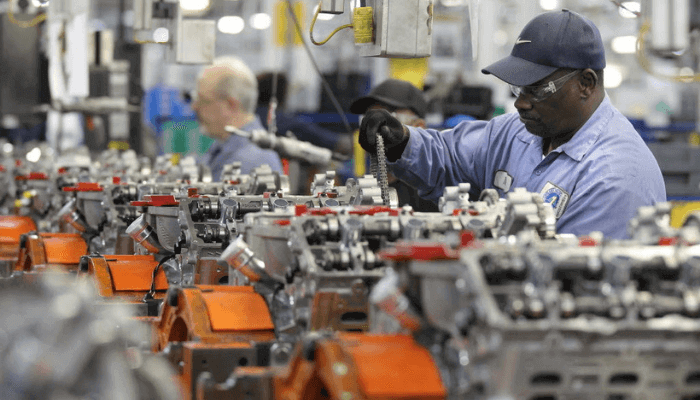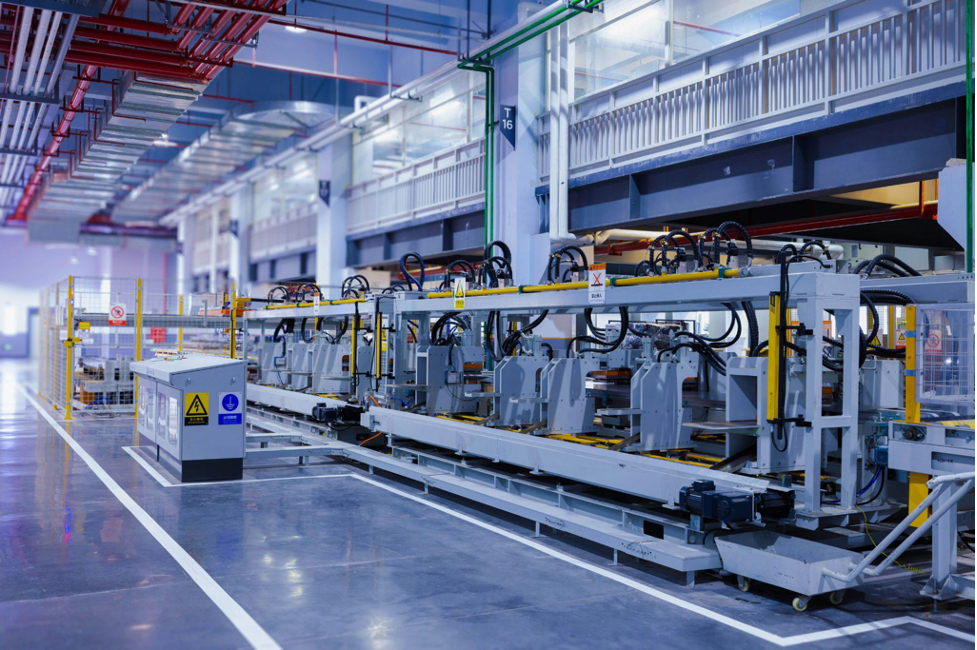After years of import dependence, factory closures and headlines about deindustrialisation, 2024–2025 has delivered a string of signals that Nigeria’s manufacturing story may be turning a corner. New plants are being commissioned, free zones are filling up, tax reforms are being tabled to reward local production — and companies from Dangote to PepsiCo are talking about Nigeria as a base not just for domestic supply but for exports across the continent. But enthusiasm must be measured against hard bottlenecks. Can Nigeria actually become Africa’s production hub? The answer is: maybe — if long-standing structural problems are fixed and policy momentum holds.
What’s new on the ground
The most visible changes are real factories and industrial projects. Dangote’s petrochemical complex in Lagos has moved from refinery headlines to petrochemicals and polypropylene exports — a step that replaces an import with a large-scale exportable product, and signals heavy upstream industrial capability. Reuters reports the Dangote petrochemical plant is producing polypropylene with an annual capacity in the hundreds of thousands of tonnes and has already struck export deals. (Reuters)

Consumer goods and agrifood players are also expanding manufacturing footprints. PepsiCo and DP World opened a $20 million snacks facility in Lagos to produce Cheetos for Nigeria and regional markets, with much of the input locally sourced — a practical example of global supply chains being rooted in Nigeria. (Logistics Update Africa)
At the same time, government-backed industrial infrastructure is growing. The Lagos Free Zone and Lekki corridor have attracted anchor tenants and international development finance, while the central bank and federal ministries have begun validating new industrial strategies aimed at power, credit for SMEs, local content, and modern infrastructure. The International Finance Corporation has publicly backed investments in Lagos Free Zone to spur industrial growth. (IFC)
Statistically, there’s modest improvement: Nigeria’s National Bureau of Statistics shows manufacturing contributing to GDP growth in 2025, and sentiment indicators such as the PMI have moved into expansionary territory — signs that production is recovering, albeit from a low base. (Nigerian National Bureau of Statistics)

Policy tailwinds: tax reform and incentives
Policy-makers have not been idle. The 2025 tax reforms and related bills promise clearer rules, exemptions for locally manufactured goods from certain withholding taxes, and incentives for R&D — measures intended to improve cashflow and competitiveness for manufacturers. Officials and industry bodies are optimistic that streamlined taxation and single-revenue measures will reduce the multiple taxation and bureaucratic friction that have long punished industrial players. (Mondaq)
Combined with export-focused zones and special agro-industrial processing zones being developed across states, the policy architecture — in principle — is being aligned to the goal of “produce in Nigeria, sell to Africa.”
Strengths Nigeria can build on
Market and scale. Nigeria’s population and consumer market remain the largest in Africa; scale alone can attract investment and justify local processing.
Raw materials. In agrifoods and some commodity-processed sectors, Nigeria sits on the feedstock (cassava, cocoa, oilseed, crude oil and gas) to support local value-add.
Anchor investments. Large projects (Dangote, multinational plant openings) create backward and forward linkages that can seed supply chains. (Reuters)
AfCFTA opportunity. The African Continental Free Trade Area expands tariff-free access to a continental market — a structural opportunity for export-oriented factories. (Central Bank of Nigeria)
The hard constraints that remain
Despite positive headlines, several entrenched problems could blunt Nigeria’s ambitions:
Power and logistics. Unreliable electricity and congested ports raise production costs and delivery times. Industrial estates help but cannot fully substitute for national grid reliability.
Foreign exchange and cost of capital. Access to stable foreign exchange for imported inputs and affordable long-term finance remains uneven; currency volatility raises input costs for manufacturers that still depend on imports.
Infrastructure mismatch. Roads, rail links and inland logistics are underdeveloped in many production corridors, increasing the landed cost of goods for intra-African trade.
Skills and productive linkages. Manufacturing at scale requires technical skills, managerial capabilities, and local suppliers; developing these is slow and spatially uneven.
Policy credibility. Investors need consistent, enforceable policy — occasional incentives are helpful, but frequent changes, multiple levies at state and local levels, and regulatory unpredictability sap confidence.
So — can Nigeria “produce for Africa”?
Yes — but with caveats. The recent factory openings, petrochemical exports and tax reforms prove that manufacturing revival is possible and already underway in pockets. The combination of large-scale private projects, free-zone clustering (Lekki/Lagos Free Zone), and AfCFTA access gives Nigeria a plausible path to scale exports regionally. (Reuters)
However, turning momentum into a sustained continental hub requires sustained policy follow-through and major fixes to infrastructure and business environment. Practical priorities include reliable and affordable power for industry, streamlined and stable taxation across federal and subnational governments, access to long-term finance in naira and FX hedging, faster customs and port processing, and targeted investment in vocational training to fill factory-floor skills gaps.
What success would look like
In five years, success would be visible if Nigeria is: exporting processed agro-food products and petrochemicals at scale, attracting a steady pipeline of middle-tier manufacturers (not only headline mega-projects), showing improved manufacturing PMI and higher shares of manufacturing in GDP, and seeing intra-African trade flows increase under AfCFTA terms. Policy credibility — predictable incentives, single-window permits, and a consistent industrial strategy — will be the unglamorous but decisive factor.
Bottom line
Nigeria’s industrial revival is no longer a speculative hope — it’s a work in progress backed by tangible investments and policy changes. The question is not whether Nigeria can produce for Africa; it is whether political will, infrastructure investment and institutional reform will keep pace with private-sector ambition. If they do, Nigeria has the ingredients to be the continent’s manufacturing heartland. If not, the recent wins will remain isolated success stories rather than the start of a broader industrial renaissance.
(Reporting drew on government statistics, industry statements and recent coverage of factory openings and policy reforms.) (Nigerian National Bureau of Statistics)


